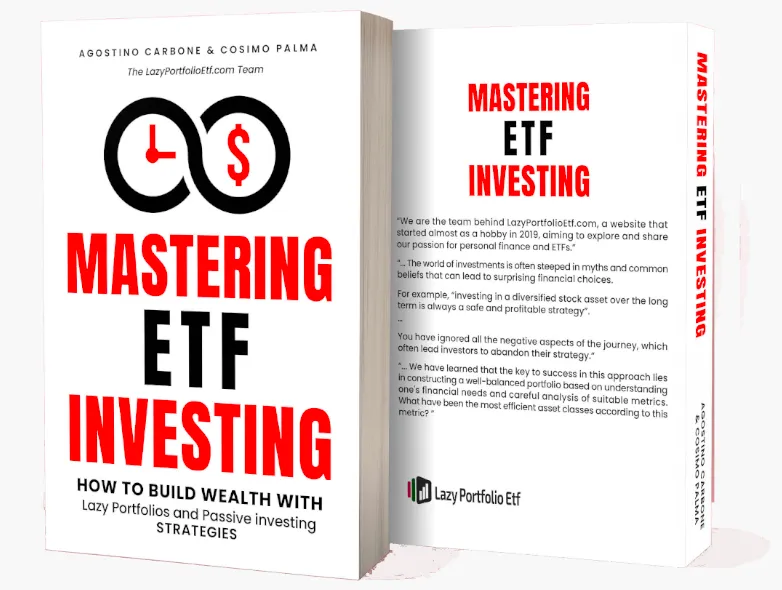When holding the iShares MSCI Qatar ETF (QAT) ETF, how long should you stay invested to have high probability to achieve a positive return?
Over the selected period (~11 years), the longest duration with a negative return was 113 months (from January 2015 to May 2024).
This indicates that, within the same timeframe, any rolling period of 114 months or more has consistently resulted in a positive return.
Understanding this metric is crucial as it highlights the importance of a safe investment horizon. Knowing the minimum duration required to likely see positive returns helps investors set realistic expectations and reinforces the strategy of staying invested through market cycles. This approach can mitigate the emotional reactions to short-term market fluctuations and enhance the likelihood of achieving financial goals.
iShares MSCI Qatar ETF (QAT) ETF: Historical Returns
Rolling Returns
A rolling return is a measure of investment performance that calculates the return of an investment over a set period of time, with the starting date rolling forward. This approach can provide a more accurate representation of the investment's historical performance and helps investors to evaluate the investment's consistency over time.
Loading data
Please wait
Loading data
Please wait
Loading data
Please wait
Loading data
Please wait
Loading data
Please wait
Loading data
Please wait
Rolling Period Analysis
By selecting the 'Rolling Period', the chart and data will update. To study a different date range, change the simulation settings.
Loading data
Please wait
Loading data
Please wait
| Worst | Median | Best | Negative Periods |
|---|---|---|---|
|
-21.23%
Apr 2022 - Mar 2023 |
+2.41% |
+45.80%
Dec 2017 - Nov 2018 |
45.22%
52 out of 115 |
|
-24.93%
Apr 2022 - Mar 2023 |
-0.60% |
+42.74%
Dec 2017 - Nov 2018 |
53.04%
61 out of 115 |
|
-13.33%
Nov 2015 - Oct 2017 |
+2.16% |
+31.98%
Apr 2020 - Mar 2022 |
35.92%
37 out of 103 |
|
-15.55%
May 2022 - Apr 2024 |
-0.65% |
+25.05%
Apr 2020 - Mar 2022 |
54.37%
56 out of 103 |
|
-9.96%
Mar 2015 - Feb 2018 |
+2.98% |
+13.47%
Dec 2017 - Nov 2020 |
26.37%
24 out of 91 |
|
-11.70%
Mar 2015 - Feb 2018 |
-0.24% |
+11.46%
Dec 2017 - Nov 2020 |
50.55%
46 out of 91 |
|
-3.90%
Apr 2016 - Mar 2020 |
+3.47% |
+13.85%
Dec 2017 - Nov 2021 |
17.72%
14 out of 79 |
|
-5.83%
Apr 2016 - Mar 2020 |
-0.61% |
+10.49%
Dec 2017 - Nov 2021 |
59.49%
47 out of 79 |
|
-5.27%
Apr 2015 - Mar 2020 |
+4.31% |
+11.89%
Dec 2017 - Nov 2022 |
14.93%
10 out of 67 |
|
-6.95%
Apr 2015 - Mar 2020 |
+0.87% |
+7.75%
Dec 2017 - Nov 2022 |
38.81%
26 out of 67 |
|
-1.30%
Mar 2015 - Feb 2021 |
+3.89% |
+7.76%
Feb 2016 - Jan 2022 |
3.64%
2 out of 55 |
|
-3.15%
Mar 2015 - Feb 2021 |
+0.31% |
+4.71%
Feb 2016 - Jan 2022 |
45.45%
25 out of 55 |
|
+1.40%
Nov 2016 - Oct 2023 |
+3.45% |
+7.98%
Dec 2017 - Nov 2024 |
0.00%
0 out of 43 |
|
-2.02%
Nov 2016 - Oct 2023 |
+0.12% |
+4.24%
Dec 2017 - Nov 2024 |
41.86%
18 out of 43 |
|
+0.03%
Mar 2015 - Feb 2023 |
+2.55% |
+5.59%
Jul 2017 - Jun 2025 |
0.00%
0 out of 31 |
|
-3.11%
Nov 2015 - Oct 2023 |
-0.83% |
+2.05%
Jul 2017 - Jun 2025 |
83.87%
26 out of 31 |
|
-0.40%
Jun 2015 - May 2024 |
+1.80% |
+4.38%
Feb 2016 - Jan 2025 |
10.53%
2 out of 19 |
|
-3.43%
Jun 2015 - May 2024 |
-1.35% |
+1.02%
Feb 2016 - Jan 2025 |
73.68%
14 out of 19 |
|
+0.89%
Mar 2015 - Feb 2025 |
+1.28% |
+1.85%
Jul 2015 - Jun 2025 |
0.00%
0 out of 7 |
|
-2.16%
Mar 2015 - Feb 2025 |
-1.75% |
-1.16%
Jul 2015 - Jun 2025 |
100.00%
7 out of 7 |
iShares MSCI Qatar ETF (QAT) ETF: Historical Returns



